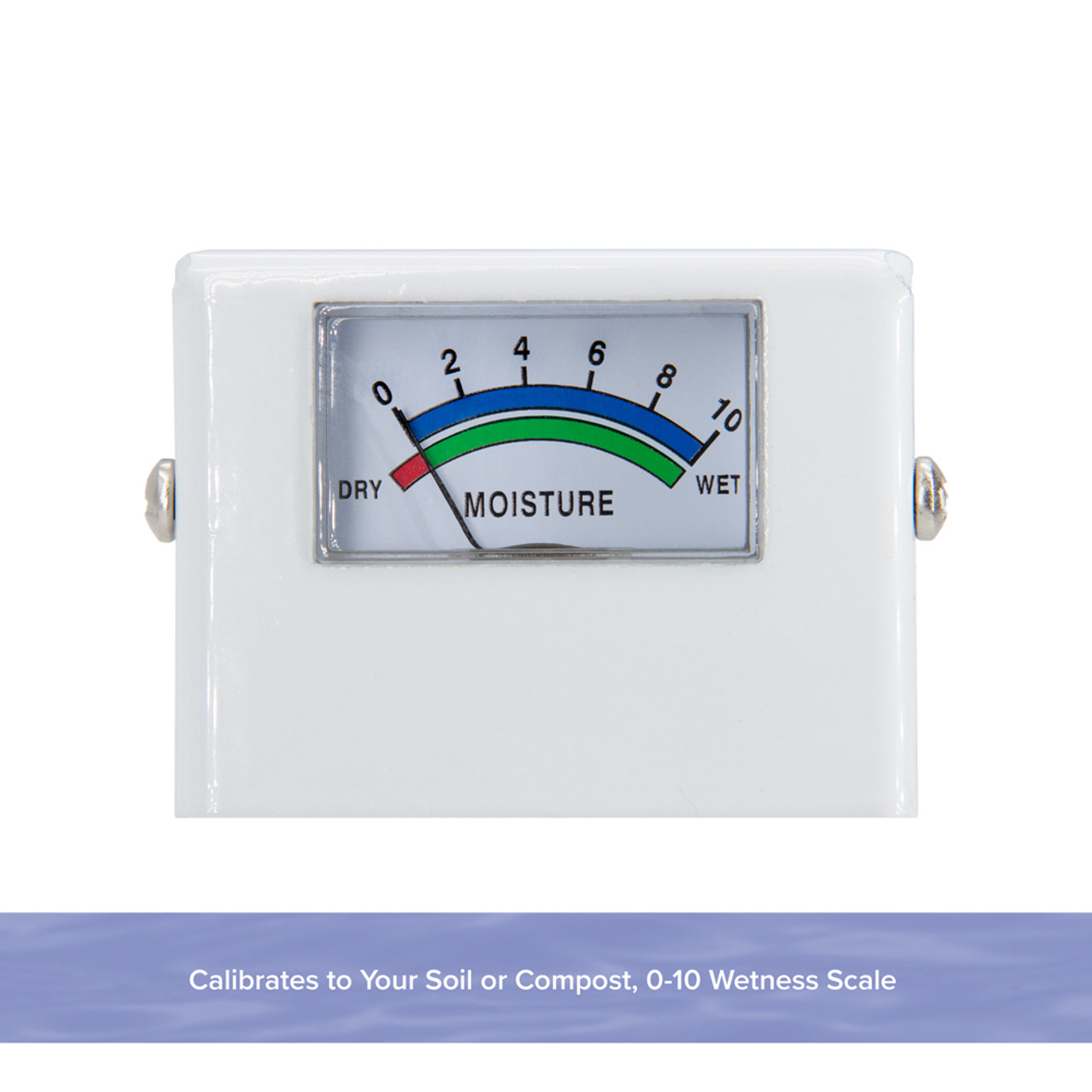The Science Behind Moisture Meters: Exactly How They Work and Why They're Essential
The Science Behind Moisture Meters: Exactly How They Work and Why They're Essential
Blog Article
Delve Into the Globe of Moisture Meters: Everything You Need to Know
In the world of moisture meters lies a world of precision and functionality that often goes unnoticed. These gadgets, while seemingly straightforward, hold a wealth of information that can significantly affect different sectors and applications. Understanding exactly how moisture meters run, the various types readily available, and their varied uses can shed light on their significance in making certain quality and effectiveness. By exploring the intricacies of moisture meters, one can reveal a valuable device that goes beyond simple measurement, providing understandings that can make a significant distinction in various fields.
Exactly How Moisture Meters Work
Moisture meters operate by determining the electrical conductivity or capacitance of products to establish the dampness material present. These meters are invaluable tools across numerous sectors, consisting of building, farming, and woodworking. By using various approaches such as pin-type or pinless innovation, moisture meters give exact readings that aid specialists make notified decisions.
Pin-type moisture meters function by placing the sharp pins right into the product being checked. On the various other hand, pinless wetness meters utilize electro-magnetic signals to scan a larger area without creating any kind of damage to the product's surface.
Despite the approach made use of, moisture meters play a vital duty in protecting against issues such as mold and mildew growth, architectural damages, or item defects triggered by excess wetness. Understanding just how these meters job is vital for making sure the quality and honesty of materials in various applications.
Sorts Of Moisture Meters
Given the important duty moisture meters play in different sectors, it is necessary to comprehend the various types available to specialists for properly evaluating moisture levels - Moisture Meter. There are mainly 2 primary kinds of dampness meters: pinless and pin-type dampness meters

On the other hand, pinless wetness meters utilize electro-magnetic sensing unit plates to check a larger location of the material without causing any kind of damages. This type appropriates for rapidly scanning large areas and is typically utilized for flooring, walls, and ceilings. Pinless meters are hassle-free for taking analyses on finished surfaces without leaving any kind of visible marks.
Both sorts of dampness meters have Extra resources their benefits and are selected based upon the specific demands of the job at hand. Understanding the distinctions between these types is critical for professionals to make exact wetness evaluations.
Applications Throughout Industries
Building professionals count on dampness meters to analyze the moisture degrees in building materials like timber, drywall, and concrete, which is vital for keeping architectural integrity and stopping concerns like rot or mold. The flooring industry makes use of dampness meters to determine the wetness web content in subfloors prior to mounting different floor treatments, preventing expensive damages due to excess moisture. In the food market, moisture meters are used to monitor and regulate moisture degrees in items such as grains, nuts, and dried out fruits to preserve quality and quality.
Tips for Using Wetness Meters
Utilize the moisture meter's calibration setups to make he said certain exact analyses when measuring the dampness web content in different products. In addition, make sure the meter is established to the correct wetness variety for the material you are determining to obtain the most exact outcomes.
When utilizing a pin-type wetness meter, place the pins to the appropriate depth recommended for the material being checked. This makes sure that the dampness analyses are extracted from the appropriate deepness within the material, offering an extra accurate representation of its moisture content. For pinless dampness meters, bear in mind to preserve proper call with the material's surface area to get trusted readings.
Frequently inspect and replace the batteries in your dampness meter to stop incorrect readings because of reduced power. When not in use to prolong its lifespan and preserve its precision, Shop the meter in a risk-free and dry area. By adhering to these suggestions, you can make the most of the performance of your moisture meter and get accurate moisture web content dimensions across different materials.
Upkeep and Calibration
To make certain the precision of wetness material dimensions, routine maintenance and calibration of the dampness meter are essential steps in its correct functioning. Calibration adjusts the wetness meter to guarantee that it gives trusted and regular results.
Calibration should be performed periodically, particularly if the wetness meter is made use of regularly or in critical applications where accurate dimensions are called for. By maintaining and calibrating the wetness meter on a regular basis, customers can rely on the accuracy of the dampness web content measurements acquired.
Final Thought

To conclude, dampness meters play an important duty in numerous sectors by precisely determining the wetness web content of materials. Comprehending exactly how these devices work, the different types offered, and correct maintenance and calibration are crucial for acquiring trusted outcomes. Whether in production, farming, or building, making use of moisture meters aids make sure quality assurance and effectiveness in processes.

In conclusion, moisture meters play an important duty in different sectors by accurately gauging the moisture content of materials.
Report this page